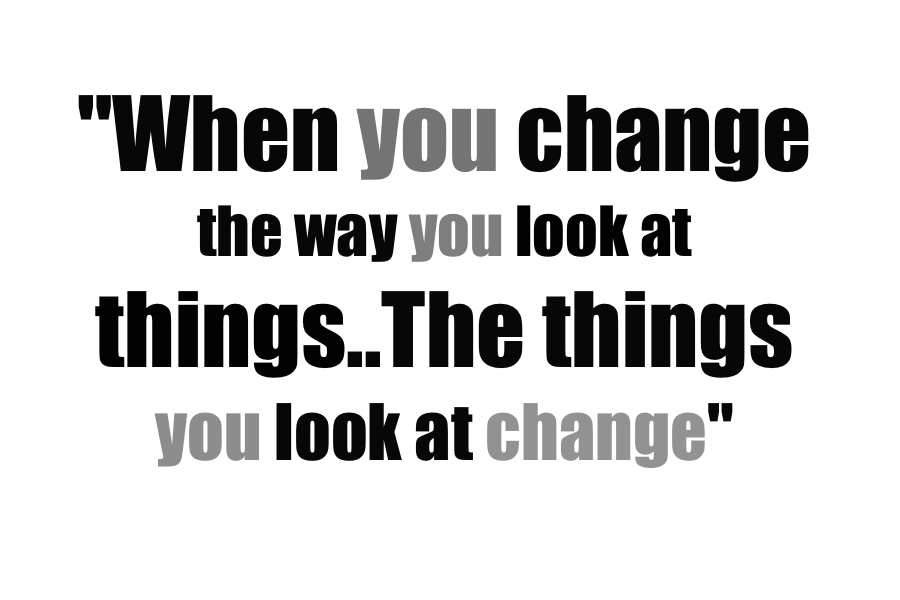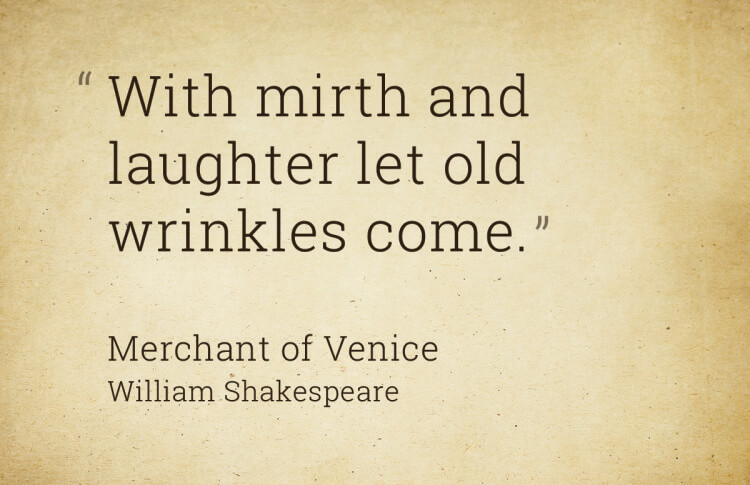
I always fall in love with my home again as soon as a long trip is on the horizon. As the departure date draws near, I start feeling a little angst, a little melancholy, and a little pre-homesickness. I know, View Post

I always fall in love with my home again as soon as a long trip is on the horizon. As the departure date draws near, I start feeling a little angst, a little melancholy, and a little pre-homesickness. I know, View Post
 Michael and I went to see a lovely movie recently called “The Bookshop.” Without giving it away, its key message was all about having the courage to follow a dream. View Post
Michael and I went to see a lovely movie recently called “The Bookshop.” Without giving it away, its key message was all about having the courage to follow a dream. View Post

I feel like I’ve been away from here, my blog, for such a long time. It has been a longer break than usual, mostly because View Post

What do you think of the term “elderhood?” If your reaction is similar to mine, it can best be summed up as “ew!” Not me, I’m not an elder. Good grief, don’t those people sit around piazzas or town squares doling out unwanted advice and/or judgments? View Post

We’re all aging. We have been since birth. I don’t know about you, but it seems to pick up speed the older I get. And it’s hard not to notice the subtle and not-so-subtle signs that keep telling us about the downsides of getting older. All of which heightens my anxiety, determination, almost obsession to make the most of every day.
I am what you might call a “seeker or searcher” . . . always on the hunt for new learnings, knowledge, inspiration, guidance. Now, I’m enjoying exploring this thing called “aging.” In my quest to make the most of this time of life, I’ve come across some things that are worthy of sharing, and others that are not worthy of the air they take up.
Case in point on those worthy of sharing is a book I came across several months ago and have been inching my way through ever since. It’s called Second Wind, with the subhead “Navigating the passage to a slower, deeper, and more connected life.”
The author’s message has deeply resonated with me, and so over the next couple of posts, I’ll be sharing a few things that I found to be key takeaways.
For a little context, the author, Dr. Bill Thomas, is a geriatrician who has spent decades treating, then researching and writing about old age. Second Wind focuses primarily on the postwar generation (Baby Boomers) which consists of nearly 80 million people born between 1946 and 1964, but his message is relevant to a much broader span. Of course, it is well known that as this giant generation moved through life, it’s effect on society’s traditions, rules, and mores has been intense, and, unfortunately to some degree, youth-obsessed.
In regards to our youth-obsession, Dr. Thomas’ suggests in Second Wind that “ . . . time is passing and the postwar generation’s faith in its own boundless energy is now pressing up against a set of immutable biological and demographic facts. . . . And they’re running scared or hunkering down.”
Boy, can I relate. Almost on a daily basis, I’m still shocked when I find myself tiring after an activity that I never broke sweat on before. How can this be happening? I don’t “feel” much older (in my head at least).
Anyway, in his book, Dr. Thomas offers up his research, experiences, theories and ultimately his prescription for a fulfilling next chapter. He starts by suggesting that we self-identify and explore what we currently believe about aging. To do this, he has created constructs of different belief systems to get us thinking about our own, and frankly, to challenge us.
Here’s a brief summary of each. Which door do you choose?
Door #1 – Denialists
The Denialist subculture is composed primarily of people who are not content to simply look and act a little bit younger than their actual age. They yearn for something that no human being has ever achieved. A stopping or reversal of human aging. This optimism leads Denialists to endorse techniques that help them simulate the behavior and appearance of people substantially younger than themselves. Not surprisingly, the most hotly contested Denialist battlefield is the human face. And the anti-aging industry is winning the battle. Denialists’ intense focus on youth validates and promulgates the negative attitudes about age and aging.
Door #2 – Realists
Realists take great pride in their common sense. They hold what they see as a perfectly obvious and sensible position that aging is both inevitable and unpleasant. They dismiss the Denialists’ most fervent desires as juvenile fantasies. Knowing that aging cannot be reversed, they choose to resist it effects. In this effort, Realists make heavy use of low-impact aerobic exercise, brain puzzles, blended multivitamins, estate planning, well-balanced diets, and volunteerism.
Door #3 – Enthusiasts
While still a smaller group hidden in the shadows of society, but steadily gaining ground, the Enthusiasts are those who embrace aging and celebrate the normal changes associated with life beyond middle-adulthood. They want to take hold of aging and its opportunities with both hands and use them to further their own growth. Enthusiasts are well aware that aging includes significant decline-related difficulties. They are, however, unwilling to equate aging with decline. Instead of the narrative of decline, Enthusiasts replace it with a journey of growth and discovery. (Sign . . . me . . . up!)
Maybe there’s a little of each of these beliefs in all of us. I don’t know. But I do know that the latter – Enthusiasts – is where I want to be.
So, the question remains “what are we going to do about it”? Dr. Thomas offers that in the most important way, we have the power to determine how we age. It starts with what we choose to believe, and follows how we put those beliefs into action.
I’d love to know your thoughts on all of this. At the very least, I think it’s worth a little contemplation. Perhaps you’ll find yourself identifying with a belief as described above that doesn’t feel satisfying any longer.
Personally, I’d love to see a movement where enough of us shift our thinking and become Enthusiasts. Maybe then we can grow a culture of positivity, joy, and value around aging.
Certainly worth a shot.
Till next time,
Judy